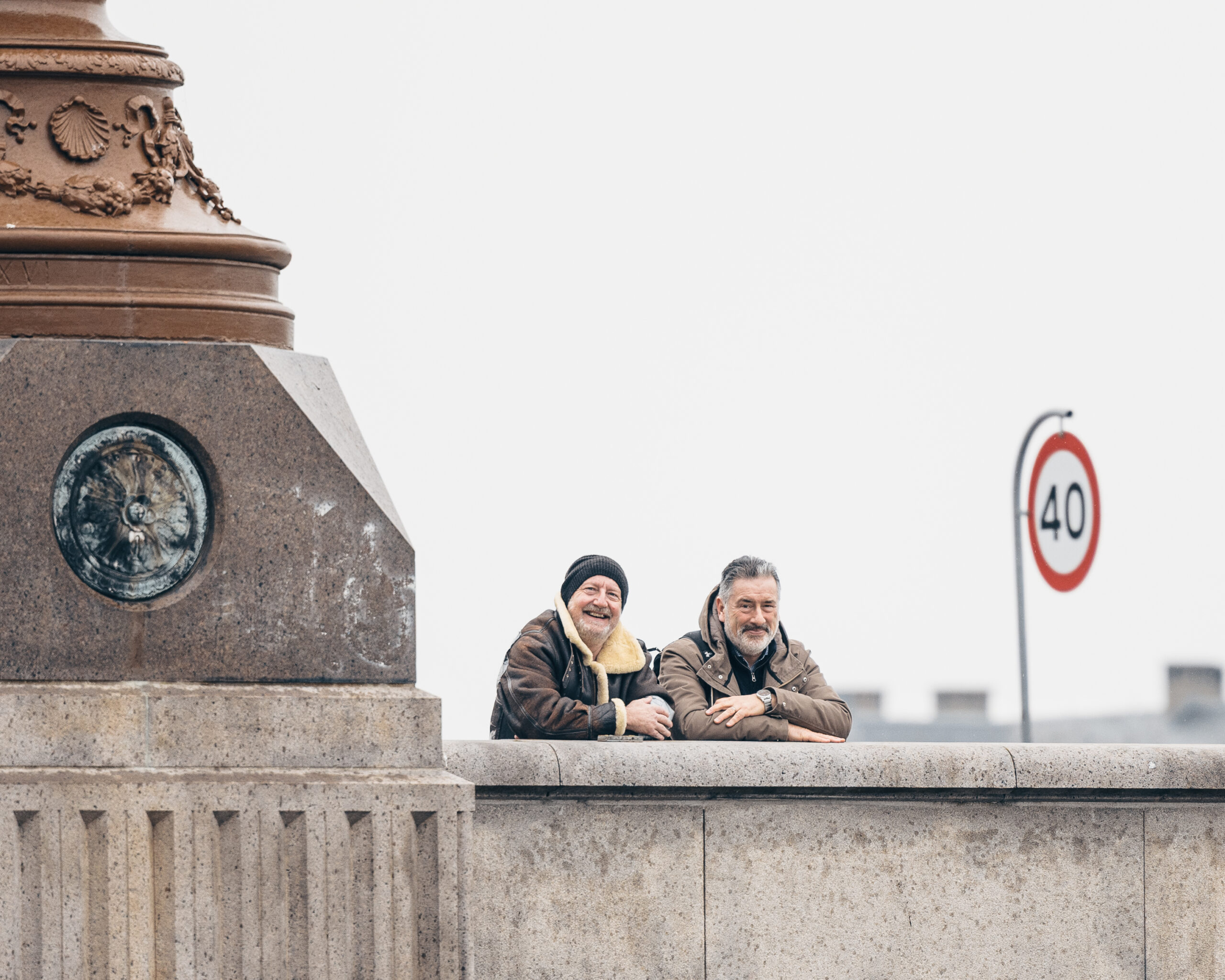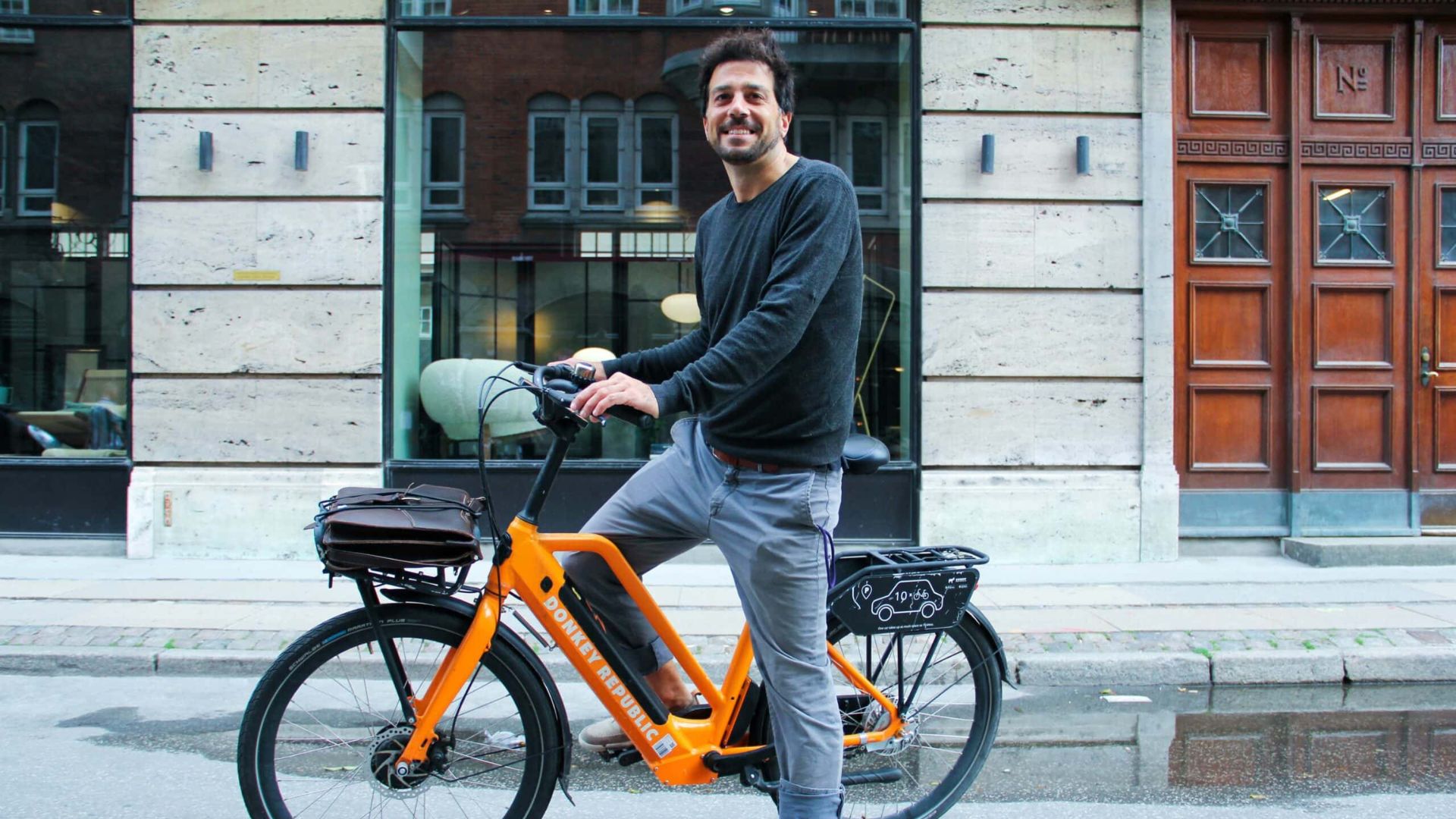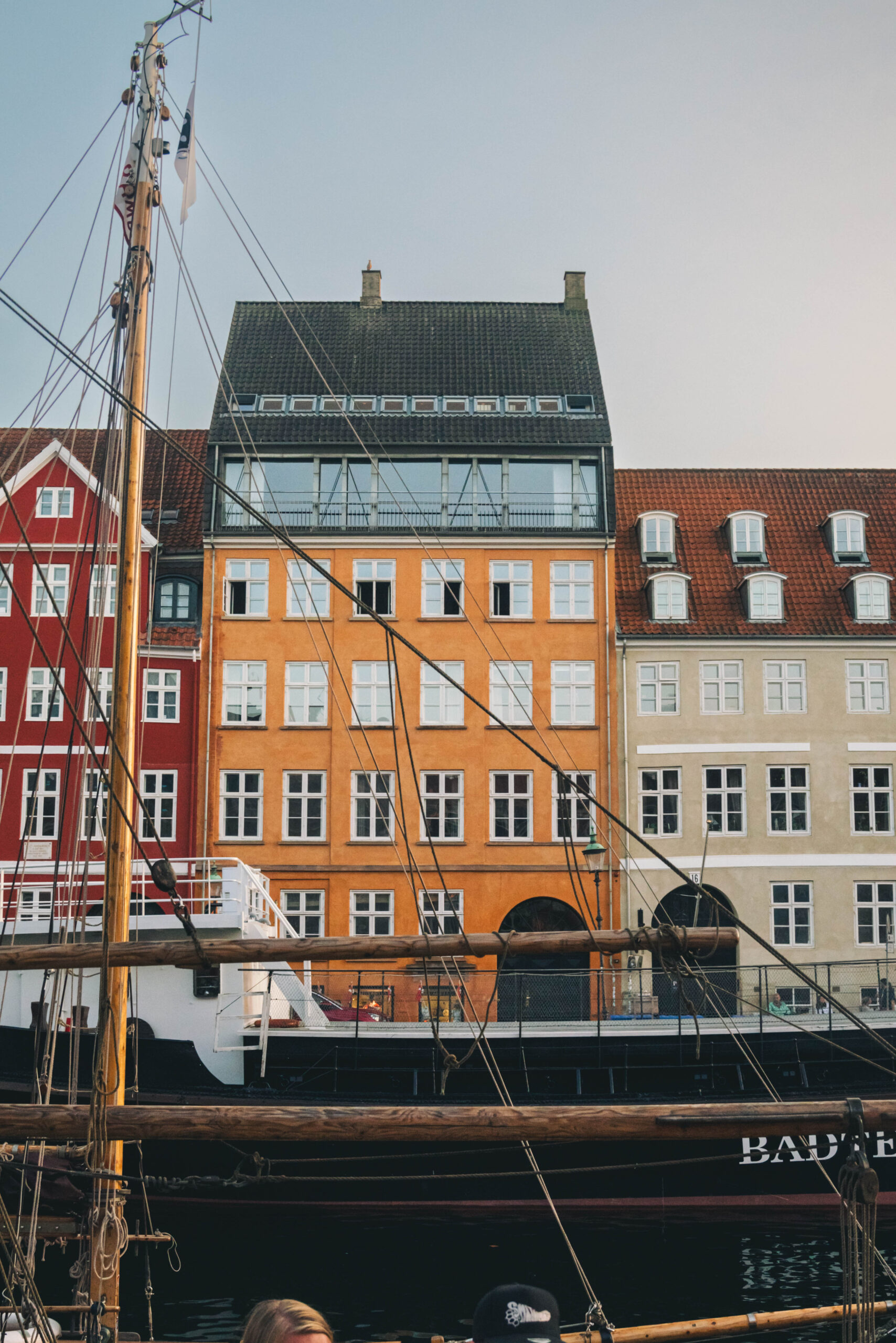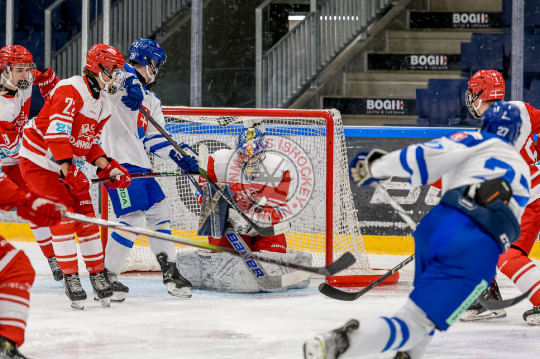Classical orchestras are expensive to run and that makes them obvious targets for budget cuts. In Holland, Italy, the UK and several other countries, orchestras have been closed down, and the pressure is now on the Danish Ministry of Culture to start cutting down its generous grants to the classical music scene and give more to the much larger and broader field known as popular music.
The first ever analysis of the cash flow to the Danish music scene was published last week. It shows that some 60 percent of all public support to the Danish music scene goes to classical music, whereas popular music in all its various forms gets less than 40 percent.
“Of course it costs more to run a band of 73 musicians than a rock band of five,” Finn Schumacker, the artistic director at the Odense Symphony Orchestra (OSO) and spokesperson for the country’s five regional symphony orchestras, told The Copenhagen Post. “But classical music is an invaluable part of our culture that cannot simply be erased at a stroke just because it costs money.”
Henrik Marstal, an author with a PhD in musicology, thinks classical music has an image problem as it has alienated itself from contemporary audiences. ”Classical music lives in its own isolated parallel world. The distribution of grants is based on an outdated cultural worldview, where knowledge of classical music was viewed as a social requirement.”
As late as in the 1970s, he said, you could see orchestral works on prime time TV because there was an audience for it. ”Since then, classical music has become increasingly marginalised and can no longer take its public support for granted.”
An active musician himself, Marstal supports the public funding of classical music. But he thinks the distribution needs a lot more discussion and suggests a stronger focus on private sponsorship for music.
But people get more for their money from classical music now than ever, said Schumacker. Over the past ten years, the OSO has seen a 30 percent increase in concert ticket sales.
“The effect of funding our orchestra reaches far beyond simply maintaining an old cultural heritage, as Marstal claims. We’re doing a lot to reach out to audiences, especially with children.”
The orchestra has produced a DVD aimed at teaching nursery staff to incorporate classical music into the children’s lives. “The audience is kids up to the age of six,” said Schumacker. ”At that age, they don’t really distinguish between what’s classical and what’s popular. But they know what’s good and what’s bad. And from what we hear, the kids are loving it!”
He said that the OSO is on a constant lookout for collaborations that can expand its horizons and reach new listeners. ”We’re performing a cultural, pedagogical and musical function, and as a modern cultural institution, the orchestra has also expanded its scope and competences as a networker, initiator and a fundraiser.”
However, most music people agree that it’s pointless if the two ‘sides’ keep fighting it out among themselves by arguing which is more intense and which is more popular.
”We see how literature and movies have benefited from speaking with one united voice,” said Marstal. ”Unfortunately, the music scene never really learned to do that.”
Schumacker agreed, saying that the Danish music scene, in all its wonderful diversity, would be a lot stronger if it stood together. He’s proud of the success that his orchestra is enjoying. “One of the reasons is that our young audience has forced us to meet them on their terms, and we’re happy to take up that challenge,” he said.
The new cash flow analysis was carried out for The Danish Arts Council, which will now use its findings to discuss the future structure and distribution of music subsidies.
Factfile | Money flow per year in Danish music
• Total public support: 3,148 million kroner, of which 1,875 million goes to Classical 1,014 million to Pop
• Income from concerts:
C: 307 million
P: 2,913 million
• Income from music sales:
C: 38 million
P: 1,079 million
• Income from royalties:
C: 94 million
P: 938 million
• Average annual salaries:
C performers: 350,000
P performers: 230,000
• C receives 75 percent of its total income from public funding, whereas only 16 percent of P income is public
• Public support for a symphony orchestra ranges from 40 to 70 million kroner per year, depending on size











